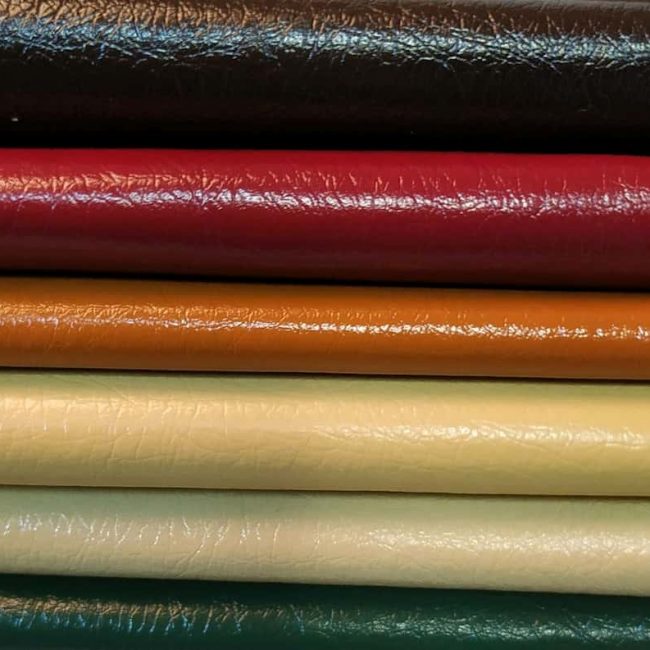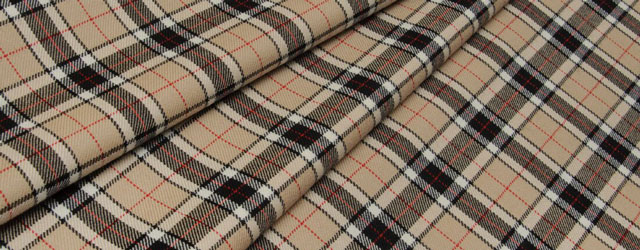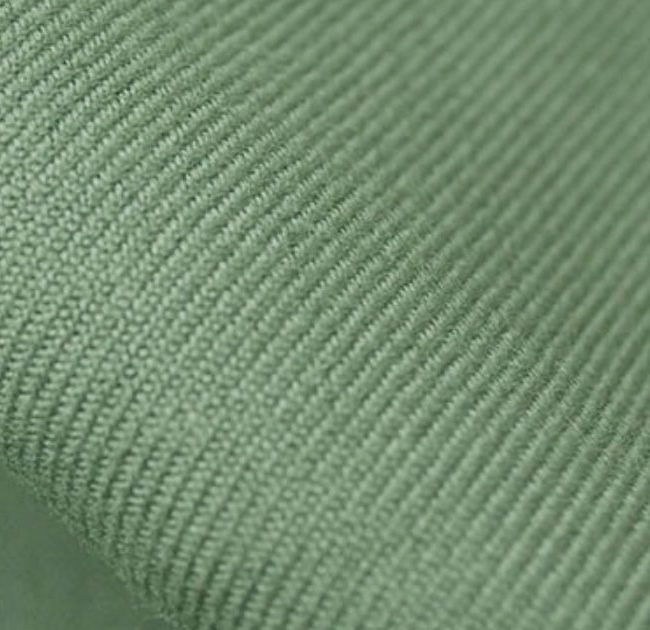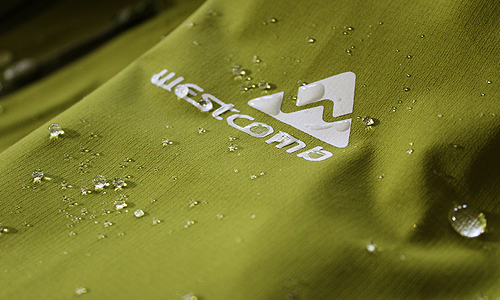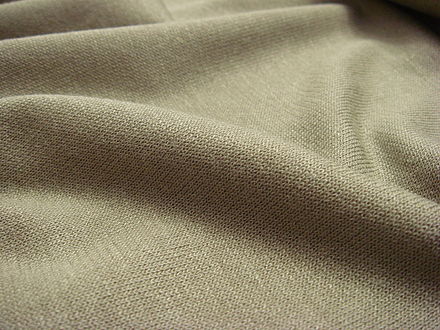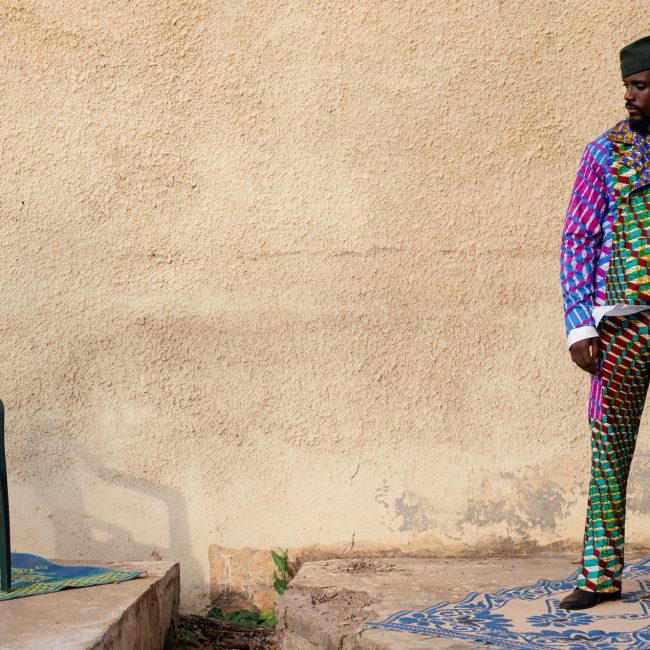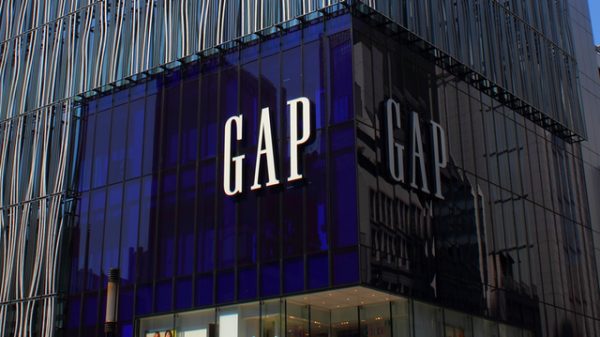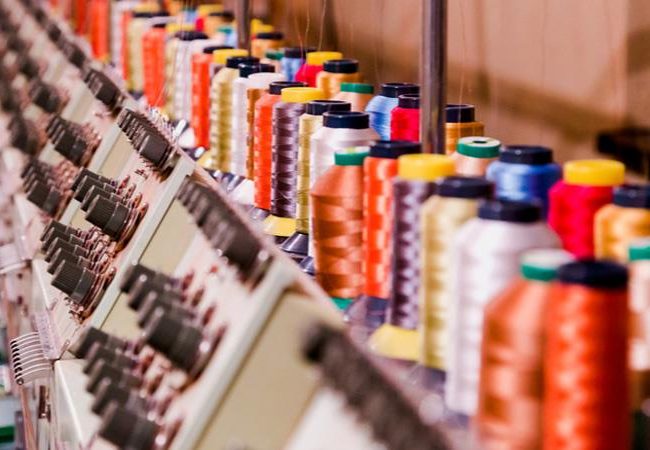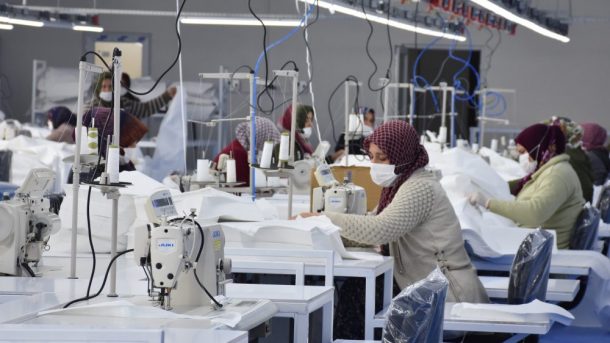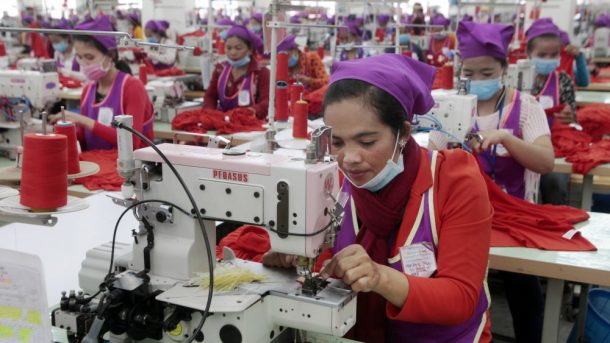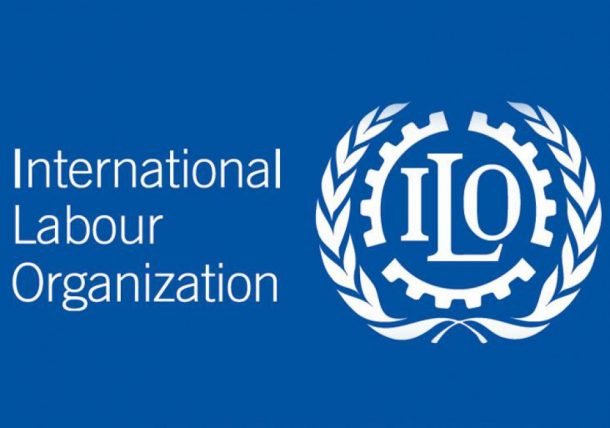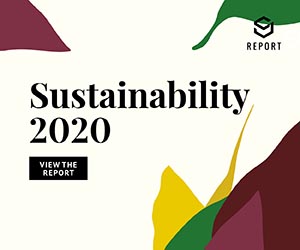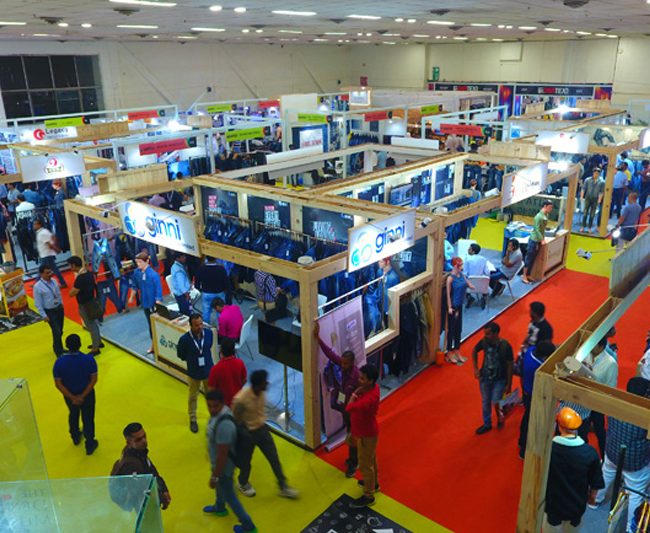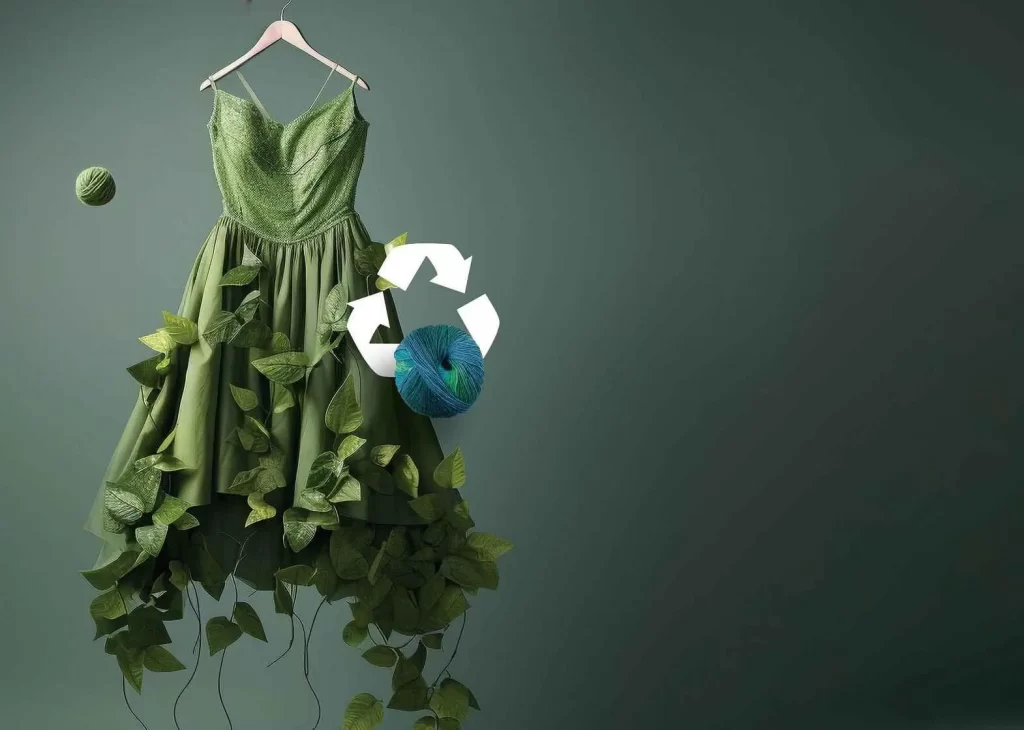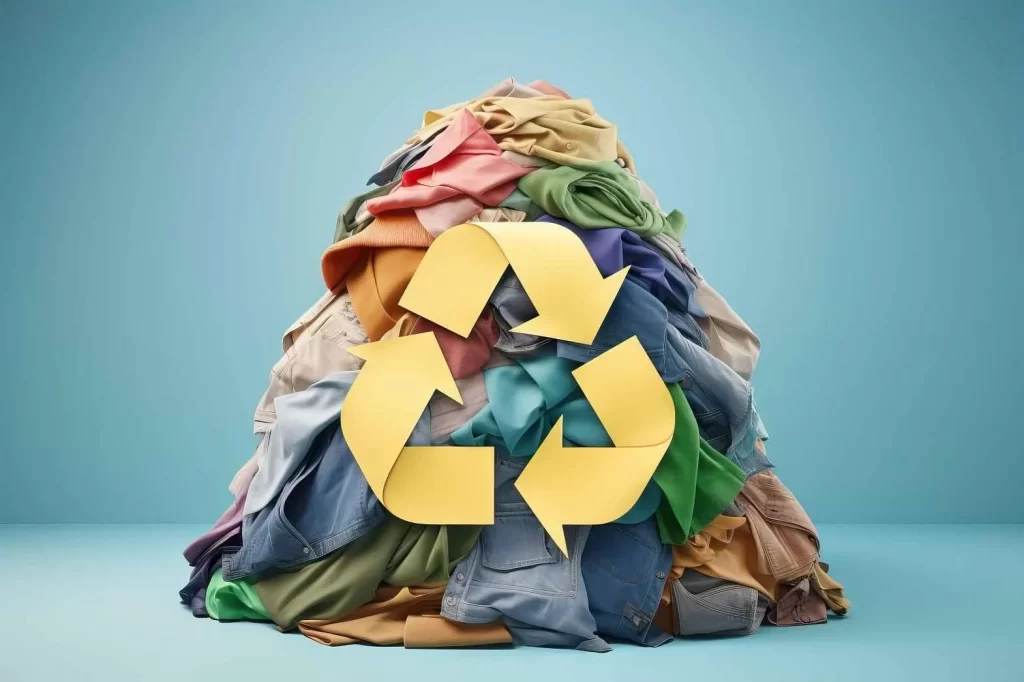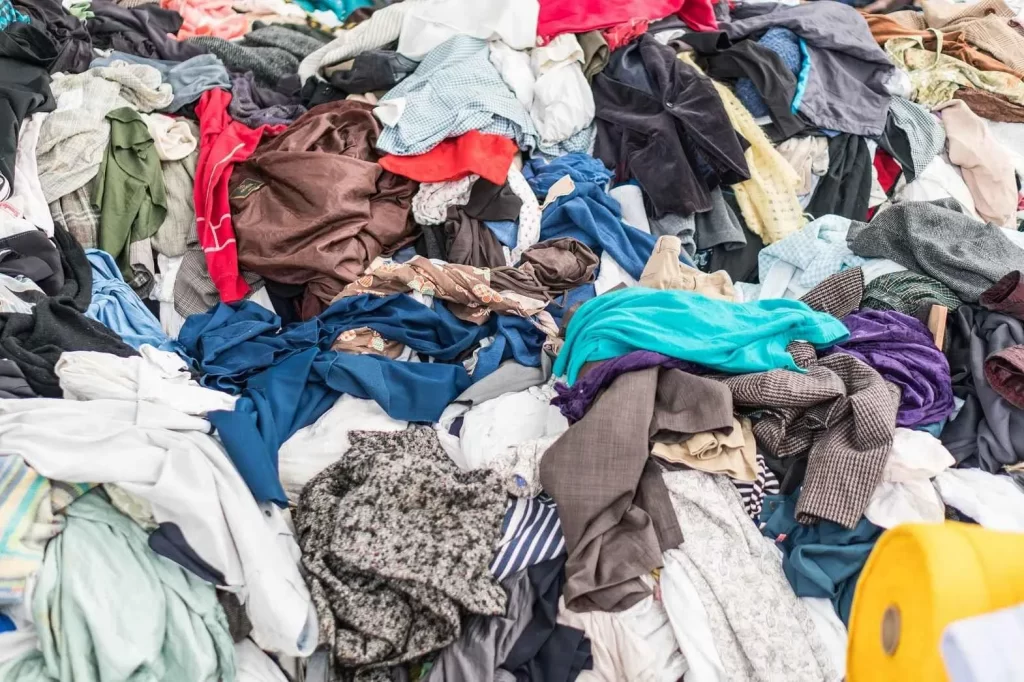Decoding Germany’s Budget Crisis and its Likely Impact on the Textile-Apparel Industry
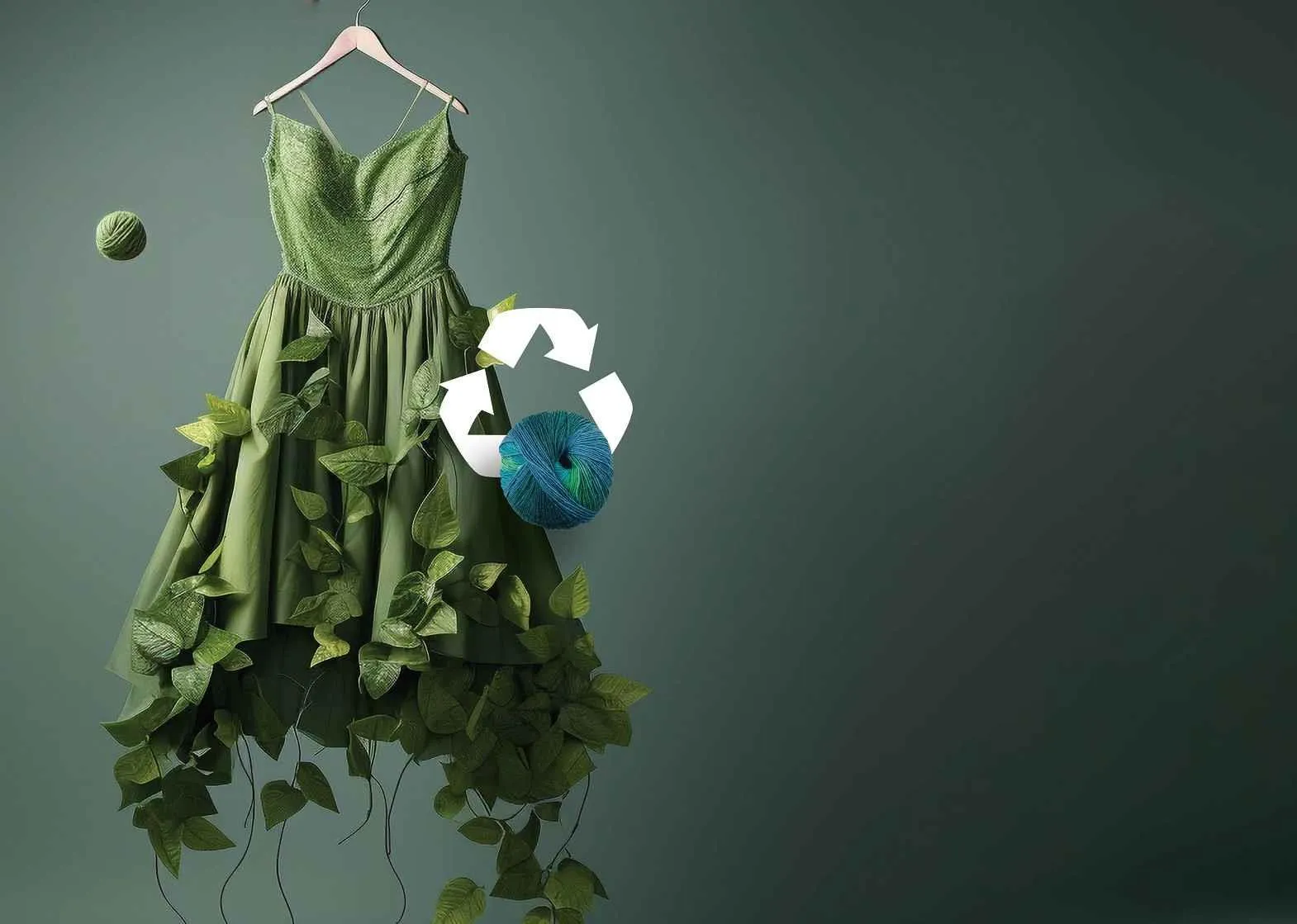
Germany’s budget woes are casting a long shadow, threatening to dampen economic growth and stoke political friction. The ruling coalition faces a tightrope walk, balancing fiscal responsibility with pressing needs like climate action and social welfare. While the immediate impact on textile and apparel trade remains unclear, ripples are certain to be felt.<br />
Root Causes
The genesis of the current budgetary shortfall can be traced back to several key factors. Firstly, the aforementioned ‘debt brake’ has been a double-edged sword for Germany. While it has kept the country’s finances in check, it has also severely restricted the ability to adapt to economic downturns and crises. Secondly, the demographic changes in Germany, characterised by an aging population and a shrinking workforce, have increased the burden on social security and healthcare systems, necessitating higher future spending. This demographic shift is not just a social issue but also a significant economic challenge, as it implies a smaller tax base and increased government spending in the long term.
Furthermore, Germany has historically prioritised maintaining budget surpluses, often at the cost of necessary investments in key sectors like infrastructure, digitalisation, and renewable energy. This approach has led to underinvestment in areas crucial for future economic growth and competitiveness. The convergence of these long-standing policies and demographic trends with recent global events has led to the current fiscal impasse.
Triggering Events
The COVID-19 pandemic and the Ukraine war were significant triggers in exacerbating the budget situation. The pandemic required massive emergency spending, which led to a temporary suspension of the debt brake. This emergency spending left a substantial residual debt, which was further compounded by increased defence spending and energy price surges due to the Ukraine conflict. These events, although external, have had a profound impact on Germany’s fiscal policy and budget planning.
The Ruling Coalition
Germany’s current ruling coalition, known as the ‘traffic light coalition’ due to the colours representing its three parties, marks a historic first in the nation’s political landscape. Formed in December 2021, this coalition includes the Social Democratic Party (SPD), a centre-left party focusing on workers’ rights and social welfare; Alliance 90/The Greens, centring on environmental protection and social justice; and the Free Democratic Party (FDP), which advocates for economic freedom and individual rights. This diverse coalition, emerging from inconclusive election results, has set ambitious priorities, including addressing climate change through renewable energy investments and emission reductions, promoting digitalisation and infrastructure development, expanding social safety nets, and strengthening European integration and foreign policy cooperation. However, it faces significant challenges, such as internal disagreements among the ideologically distinct parties, public criticism over handling inflation and the Ukraine war, and recent losses in regional elections in late 2023, which have raised concerns about its stability. This unique political experiment in Germany, while having ambitious goals, continues to navigate a complex array of internal and external challenges, with its ability to tackle Germany’s current challenges and maintain public support remaining a critical question.
The immediate challenge facing the German government is how to address the €17 billion gap without jeopardising economic stability or neglecting essential areas like climate policy, social spending, and support for Ukraine. The crisis has also sparked internal disagreements within the ruling coalition government, adding another layer of complexity to an already intricate situation. These disagreements stem from differing priorities and viewpoints on how best to balance fiscal responsibility with the country’s immediate and long-term needs.
Politically, the crisis has led to increased friction within the coalition and a decline in public trust in the government. Economically, any delay in resolving the budget could adversely affect business confidence, investment, and overall economic growth. In December 2023, a provisional agreement on the 2024 budget was reached, which involves spending cuts and some borrowing. However, this agreement is still subject to detailed planning and legislative approval, with the potential for further challenges and complications.
The budget crisis and its resolution will have significant implications for Germany’s economic growth in the short and medium-term. Estimates suggest a potential contraction in economic growth in 2024, with the crisis likely to dampen business confidence and investment. The crisis has also reignited debates about the debt brake and fiscal policy in Germany, suggesting possible reforms in the future.
Impact on the Textile-Apparel Industry
The textile and apparel industry, a significant sector in Germany’s economy, faces its own set of challenges due to the budget crisis. On the import side, reduced consumer spending due to economic uncertainty could lead to lower imports of textiles and apparel. The government might also adopt protectionist measures to support domestic industries, which could affect import dynamics. On the export side, a weakened global economy could reduce demand for German textile exports, and increased competition and currency fluctuations could challenge the competitiveness of German exports in the international market.
Conclusion
The €17 billion gap in Germany’s 2024 budget is a complex issue with deep-rooted causes and wide-ranging implications. Its resolution requires a careful balancing act between fiscal responsibility and the need to invest in the future. The decisions made in the coming months will not only shape Germany’s fiscal future but also have a significant impact on various sectors, including the textile and apparel industry. As the situation evolves, the industry, like the country, must remain adaptive and vigilant, ready to navigate through this period of uncertainty and potential transformation.






























